The Impact of Brewery Sludge and EM Bacteria Addition on Nutrient Release during the Fermentation of Medicine Herb Residue
DOI: 10.23977/analc.2023.020115 | Downloads: 8 | Views: 285
Author(s)
Hongbo Wang 1, Jianhao Li 2, Yunxiang Ruan 2, Xu Li 2, Yun Zeng 2, Shiting Zhang 2, Yingli Wang 2
Affiliation(s)
1 Monitoring Station of Guangdong Meizhou Ecological Environment, Meizhou, Guangdong, 514021, China
2 School of Chemistry and Environment, Jiaying University, Meizhou, Guangdong, 514015, China
Corresponding Author
Yingli WangABSTRACT
The reuse of solid waste resources is beneficial to green circular economy and the protection of ecological environment. Taking the reuse of sludge from a brewery and herb residue from a pharmaceutical company as the research object, our study analyzed the changes of its nutrient contents, such as organic matter, total nitrogen, total phosphorus and potassium during fermentation, by compounding the sludge and residue and adding EM bacteria, and explored the feasibility of using the medicine herb residue and brewery sludge as raw materials to produce ecological fertilizer. The results indication that compared with the control group, the addition of sludge and EM bacteria decreased the organic matter content and increased the total phosphorus and potassium contents. Among them, EM bacteria led to a higher decline in the organic matter content, while the addition of brewery sludge significantly elevated the total phosphorus and total potassium contents. When the ratio of sludge to residue was 1: 2 and the concentration of EM bacteria was 5%, after 50 days of fermentation, the organic matter content was 51.19%, the mass fraction of total nutrients (N+P2O5+K2O) was greater than 4.0%. With a well-proportioned and granular appearance and no odor, the produced ecological fertilizer conforms to the standard for organic fertilizer (NY/T525-2021).
KEYWORDS
Sludge, Medicine Herb Residue, EM Bacteria, Fermentation, Organic FertilizerCITE THIS PAPER
Hongbo Wang, Jianhao Li, Yunxiang Ruan, Xu Li, Yun Zeng, Shiting Zhang, Yingli Wang, The Impact of Brewery Sludge and EM Bacteria Addition on Nutrient Release during the Fermentation of Medicine Herb Residue. Analytical Chemistry: A Journal (2023) Vol. 2: 115-122. DOI: http://dx.doi.org/10.23977/analc.2023.020115.
REFERENCES
[1] Wang Mingwei, Zhou Lin, Liu Shunhui, et al. Discussion on resource utilization of Chinese medicine residue. Journal of Guangdong Pharmaceutical University, 2017, 33(1):140.
[2] Huang Luqi, Zhang Xiaobo. Statistical Report of the Production of Traditional Chinese Medicine Herbs in China (2020). Shanghai: Shanghai Publishing House. 202:40.
[3] Zeng Huiting, Dai Di, He Xiaoqun, et al. Research practice and strategy of resource utilization of residue for edible medicinal plants under background of Big Health. China Journal of Chinese Materia, 2022, 47(14):3968-3976.
[4] Li Chaonian, Fan Yingsai, Fu Le, et al. Diversity and limitations of resource utilization of traditional Chinese medicine residue in the new period. Chinese Journal of Veterinary Drug, 2023, 57(8):63-71.
[5] Fang Yueyue, Chen Nuo, Xiao Ping, et al. High-value utilization technologies and approaches for traditional Chinese medicine residue under the background of "carbon peaking and carbon neutrality". China Journal of Chinese Materia Medica. 2023:1-12.
[6] Tan Liwen. Status quo and countermeasures of the waste utilization of large-scale livestock and poultry breeding in our city. Chinese Journal of Animal Husbandry and Veterinary Medicine. 2023(3):31-33.
[7] Dessalew G, Beyene A, Nebiyu A, et al. Use of industrial diatomite wastes from beer production to improve soil fertility and cereal yields. Journal of Cleaner Production. 2017, 157(20):22-29.
[8] He Jingzhong, Huang Jun, Zhao Jingtao et al. Pilot scale composting of Chinese medicine residue with inoculum of microbial agents. Chinese Journal of Applied & Environmental Biology, 2015, 21(05):860-865.
[9] Bi Jingfang, Huang Jun, Guan Menglong et al. Composting Chinese medicine residue with inoculum of microbial agents to produce organic fertilizer. Chinese Journal of Applied & Environmental Biology, 2014, 20(05):840-845.
[10] Morel T L, Colin F; Germon J C, Methods for the evaluation of the maturity of municipal refuse compost, London & New York: Elsevier Applieed Science Publish, 1985:56-70.
| Downloads: | 531 |
|---|---|
| Visits: | 19740 |
Sponsors, Associates, and Links
-
Forging and Forming

-
Composites and Nano Engineering
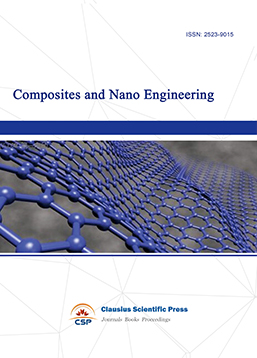
-
Journal of Materials, Processing and Design
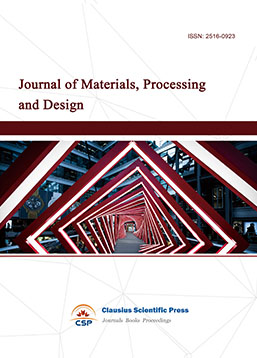
-
Metallic foams
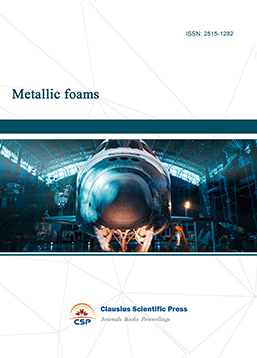
-
Smart Structures, Materials and Systems

-
Chemistry and Physics of Polymers
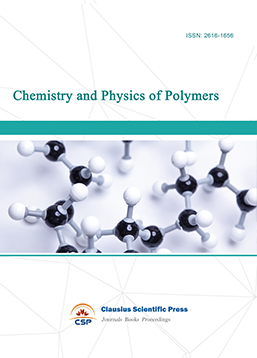
-
Modern Physical Chemistry Research
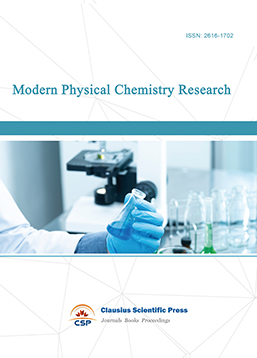
-
Inorganic Chemistry: A Journal

-
Organic Chemistry: A Journal
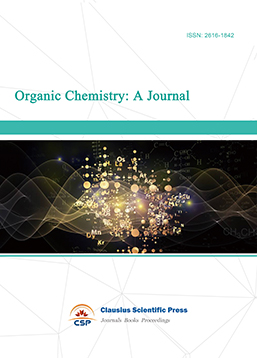
-
Progress in Materials Chemistry and Physics

-
Transactions on Industrial Catalysis
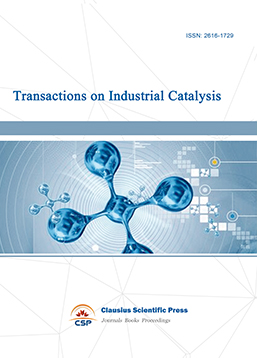
-
Fuels and Combustion

-
Casting, Welding and Solidification
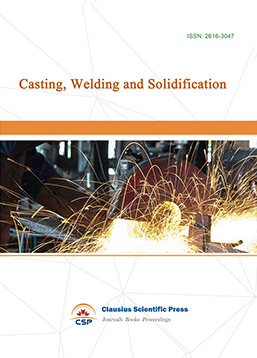
-
Journal of Membrane Technology
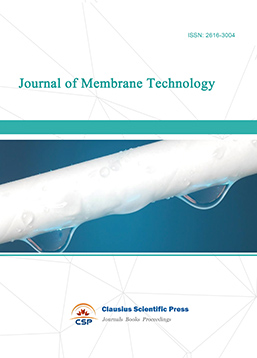
-
Journal of Heat Treatment and Surface Engineering
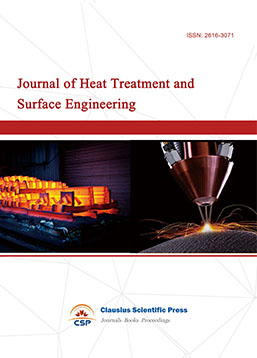
-
Trends in Biochemical Engineering

-
Ceramic and Glass Technology

-
Transactions on Metals and Alloys
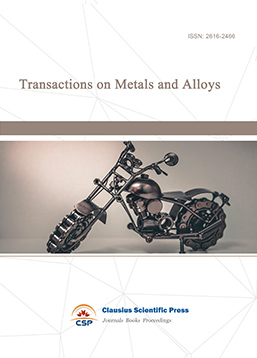
-
High Performance Structures and Materials
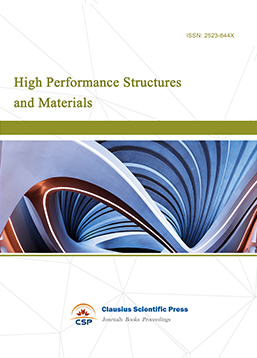
-
Rheology Letters

-
Plasticity Frontiers

-
Corrosion and Wear of Materials

-
Fluids, Heat and Mass Transfer

-
International Journal of Geochemistry
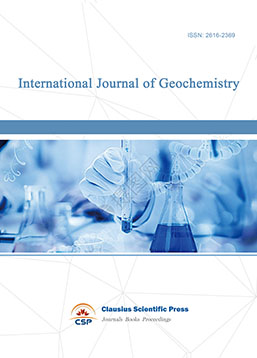
-
Diamond and Carbon Materials
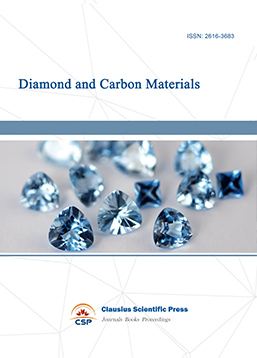
-
Advances in Magnetism and Magnetic Materials
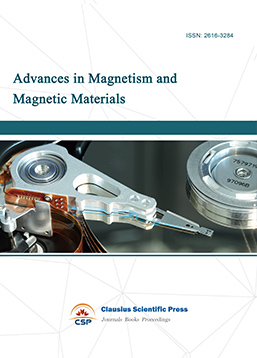
-
Advances in Fuel Cell

-
Journal of Biomaterials and Biomechanics
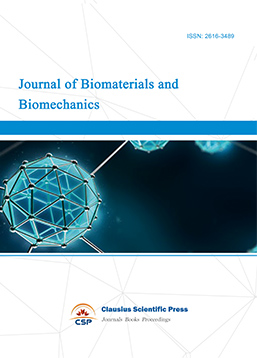

 Download as PDF
Download as PDF